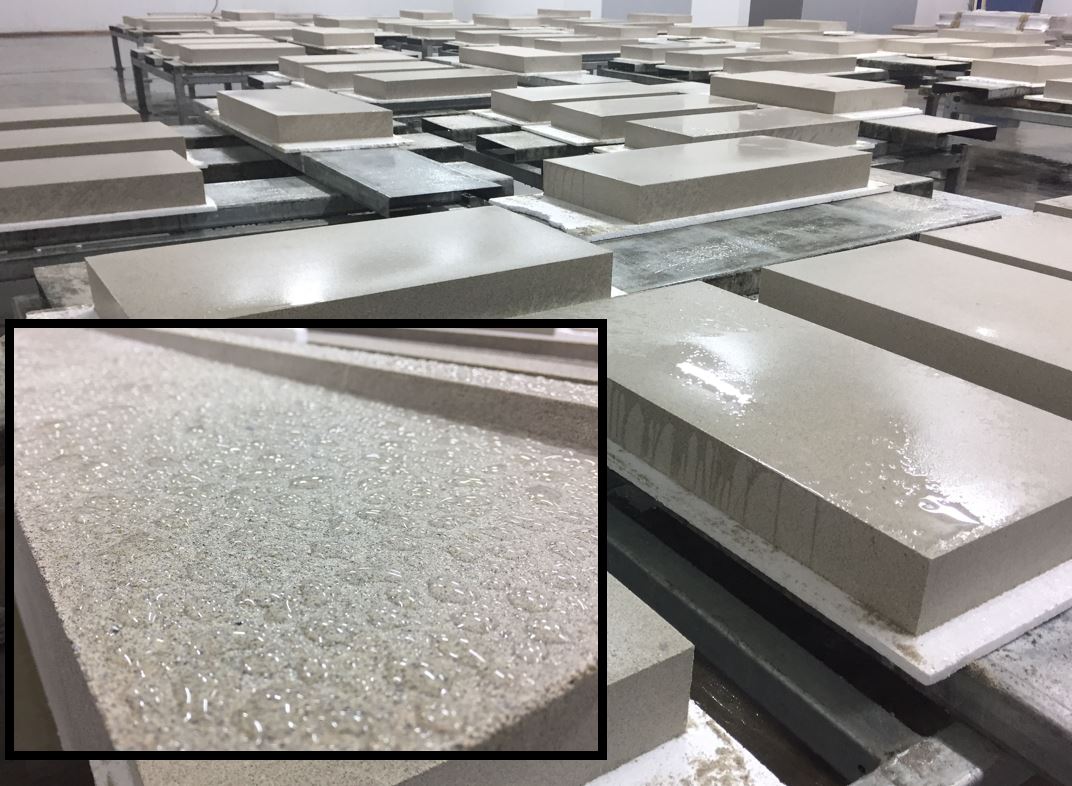Columns are one of the most historical architectural features. A long time ago, its massive foundations were made of limestone, and the Columns were made of Clientele marble, a material that was utilized for the first time. The Roman people invented Columns to support their building.
Over the centuries, Columns have been known as an attractive architectural design. It’s not only supporting the beam but also It is very popular for decorative purposes. Furthermore, these days, Columnss are manufactured using differnt material like GFRC, Fiberglass and cast stone etc. The type of material is being decided on the scale, cost and application of the construction. Follow the 3 guidelines they are below different types of architectural exterior columns, people can take ideas for their home or commercial place. Continue reading


